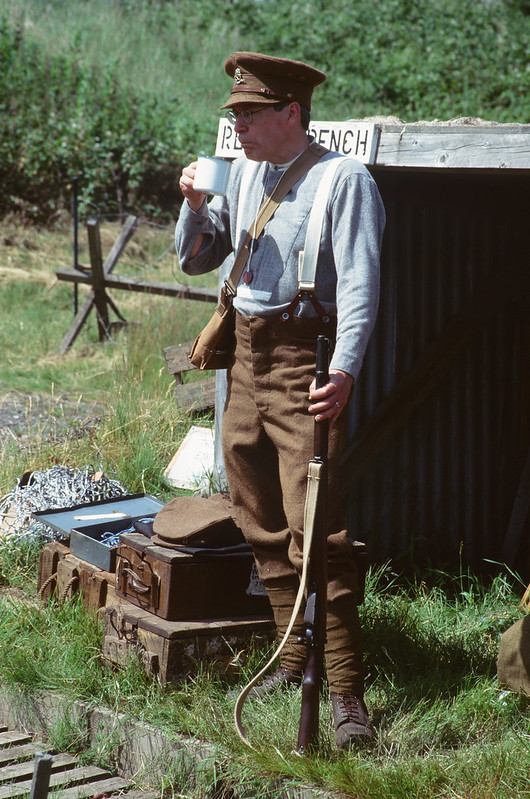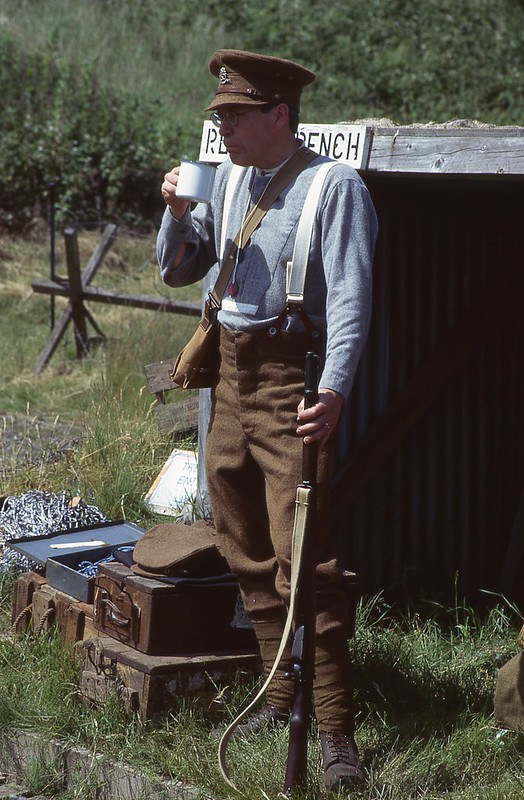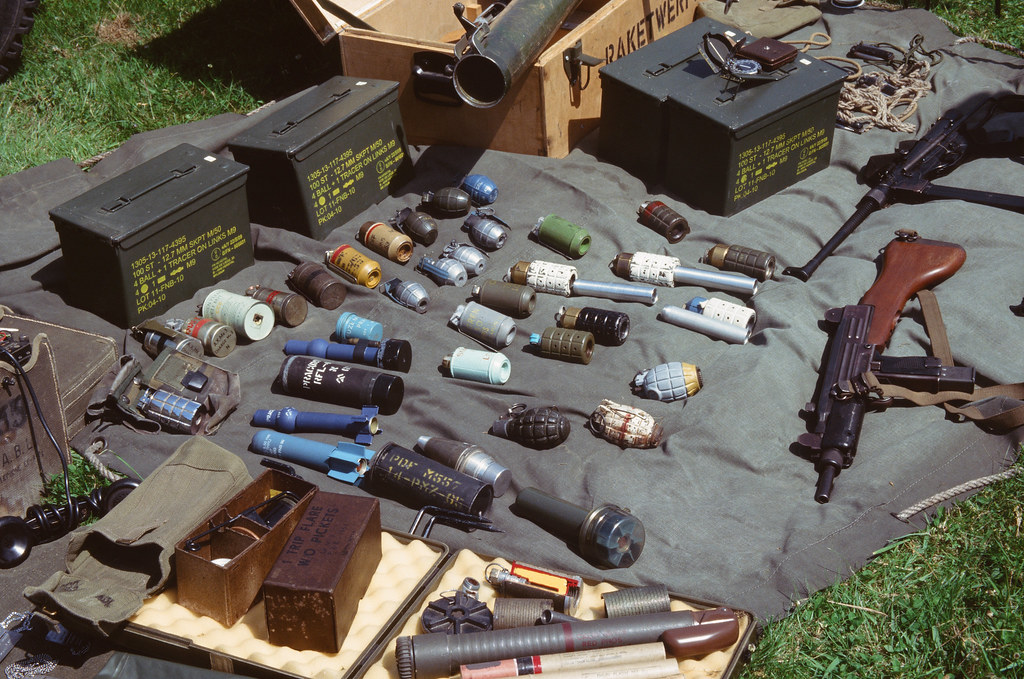- Messages
- 957
- Name
- Ben
- Edit My Images
- No
Aha anyone been able to get their hands a roll yet? A shop I get the odd roll from now and then had 50 rolls and they sold out very quickly. Haven’t seen a lot of sample photos yet.
Also I’d hoped I’d would be a little cheaper, the shop I saw it in was selling it for £13.50 a roll not including shipping, I was hoping for £10
Also I’d hoped I’d would be a little cheaper, the shop I saw it in was selling it for £13.50 a roll not including shipping, I was hoping for £10




